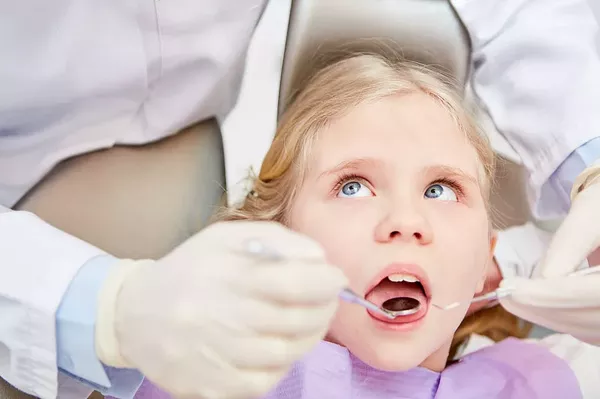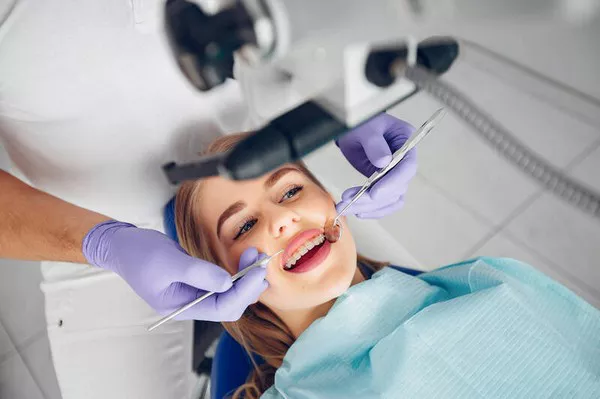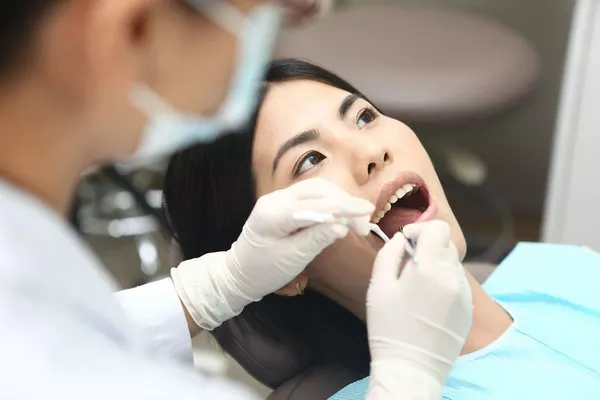In a world where affectionate gestures like kissing are common, the question of whether gingivitis can be transmitted by such intimate contact is a topic that deserves scrutiny. Gingivitis, commonly referred to as gum disease, is a prevalent oral health issue affecting countless individuals. It’s essential to explore the possibility of its transmission through kissing and understand the key aspects related to this concern.
1. Understanding Gingivitis
Gingivitis is the initial stage of gum disease, primarily caused by the accumulation of plaque on the teeth and gums. This condition is characterized by redness, inflammation, and bleeding of the gums, often leading to discomfort and bad breath.
1.1. Plaque and Gingivitis: The buildup of plaque, a soft and sticky substance on teeth, is the primary cause of gingivitis. When left untreated, it can harden into tartar, which aggravates the condition.
1.2. Common Symptoms: Early signs of gingivitis include swollen gums, bleeding when brushing or flossing, and persistent bad breath. Identifying these symptoms is crucial in managing the condition.
2. The Myths Surrounding Gingivitis Transmission
There has been a lingering misconception that gingivitis can be transmitted through kissing. To dispel this myth, we must delve deeper into the nature of the disease and its modes of transmission.
2.1. Transmission through Saliva: While saliva does play a role in the transmission of certain diseases, such as colds or flu, gingivitis is primarily a result of bacterial overgrowth within the mouth. The direct transmission of gingivitis through saliva is extremely rare.
2.2. Contagious Factors: Factors like shared utensils, oral hygiene tools, and even close contact may contribute to the spread of oral bacteria, but these are not exclusive to kissing. Therefore, kissing alone is unlikely to be a significant mode of transmission.
3. Maintaining Oral Health and Preventing Gingivitis
Preventing the development or spread of gingivitis is essential for maintaining good oral health. Here are some effective strategies to keep gum disease at bay.
3.1. Regular Dental Check-ups: Visiting your dentist at least twice a year for check-ups and cleanings is crucial. This helps identify and address gingivitis at an early stage.
3.2. Proper Oral Hygiene: Maintaining good oral hygiene is essential. Brushing teeth at least twice a day, flossing daily, and using an antimicrobial mouthwash can help reduce the risk of gingivitis.
3.3. Healthy Lifestyle Choices: A well-balanced diet and refraining from smoking or excessive alcohol consumption can have a positive impact on your oral health. These lifestyle choices can contribute to gum disease prevention.
3.4. Understanding Personal Risk Factors: Some individuals are more susceptible to gingivitis due to genetic predisposition or underlying health conditions. Identifying and addressing these risk factors is crucial.
4. The Role of Bacterial Strains in Gingivitis
To understand the possible transmission of gingivitis, it is essential to delve into the different bacterial strains associated with the disease.
4.1. Porphyromonas gingivalis: This bacteria is commonly associated with advanced gum disease and may play a role in its progression.
4.2. Treponema denticola: Another bacterial strain linked to gingivitis, Treponema denticola, is known for its ability to thrive in the gum tissue.
5. Oral Health Education and Awareness
To address misconceptions about gingivitis transmission, it is crucial to emphasize the importance of oral health education and awareness.
5.1. Community Initiatives: Local communities can promote oral health education through workshops, seminars, and awareness campaigns to ensure individuals are well-informed.
5.2. School Programs: Implementing oral health education in schools can instill good dental hygiene habits in children and adolescents, reducing the risk of gingivitis in the future.
6. Conclusion: Debunking the Myth
In conclusion, while there are certain risk factors associated with gingivitis, such as poor oral hygiene and genetic predisposition, the direct transmission of the disease through kissing is highly unlikely. Proper dental care, regular check-ups, and awareness about oral health remain the key elements in preventing and managing gingivitis.
Gingivitis is a common condition, and debunking myths about its transmission helps individuals make informed choices about their oral health. By following proper dental care practices, individuals can reduce their risk of developing gingivitis and enjoy the intimacy of kissing without unnecessary worry. It’s crucial to rely on credible sources of information and consult a dental professional for guidance on maintaining good oral hygiene.
Related Links:
How to fight gingivitis fast?
How to prevent gingivitis from getting worse?
How to get rid of bleeding gums naturally?































